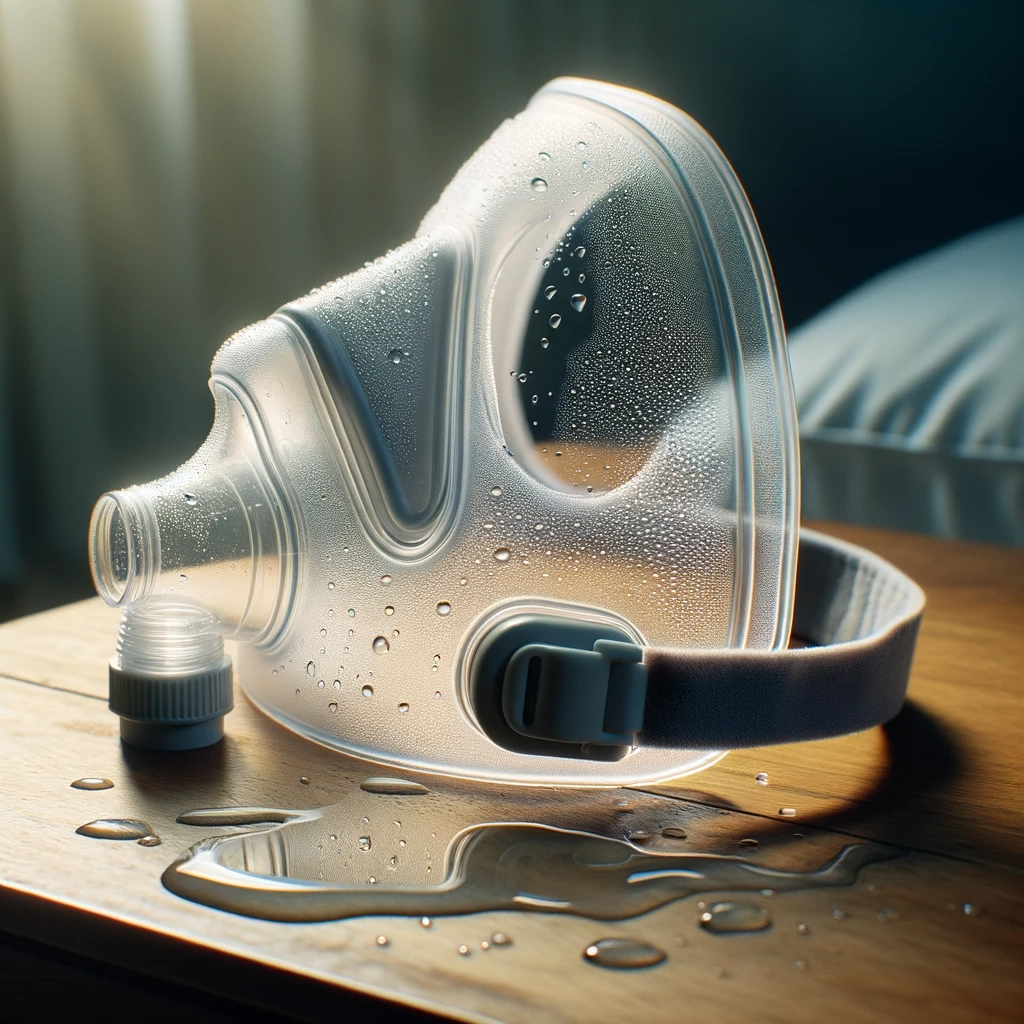Many of us sleep apnea patients use a humidifier as part of our Continuous Positive Airway Pressure (CPAP) setup to add moisture to the air we breathe. This can make a world of difference in comfort levels and even help with compliance. However, one common issue that patients may encounter when going down this road is "rainout."
What is Rainout?
Rainout is the term used to describe the condensation of water inside the CPAP tubing. Essentially, it’s when you find water droplets accumulating inside the hose, leading to an uncomfortable and disruptive experience. Sometimes, it may even feel like you are breathing in a mist, or you might hear a gurgling sound emanating from the hose. This is not just uncomfortable; it can also decrease the effectiveness of your CPAP therapy.
Why Does Rainout Happen?
The phenomenon of rainout typically occurs when warm, humidified air comes into contact with a colder surface, in this case, the inside walls of the CPAP hose. This is more likely to occur in colder environments or during winter months when the room temperature is significantly lower than the temperature of the humidified air. The contrast between the two temperatures causes the moisture in the air to condense, forming those water droplets inside the tube.
Humidifier Settings
Depending on your machine, you may or may not have a humidifier. If you don’t… you’re unlikely to suffer from one of these middle of the night gurgling rainout sessions.
If you do, the good news is your humidifier settings are adjustable. Occasionally, CPAP medical providers keep control of these settings. If so, you’ll need to speak with them to have the adjustments made. Most of us, thankfully, can do the changes ourselves.
Generally, the higher the humidification setting, the warmer the air will be, and the more moisture it will carry. High humidification levels are often more comfortable for the user but also increase the likelihood of rainout. The key is to find a balance between adequate humidification and the prevention of rainout.
Heated Hose Settings
To combat rainout, many CPAP machines offer heated tubing as an option or as a standard feature. Heated hoses maintain the air temperature from the humidifier all the way to the mask, thus reducing the chances of rainout. These hoses come with their own temperature settings, separate from the humidifier settings. By correctly adjusting both the humidifier and heated hose settings, you can minimize rainout without compromising comfort.
How to Fix the Problem
- Lower the Humidification Level: If you are experiencing rainout, the first step is to slightly reduce the humidifier setting… and by ‘slightly’ we mean just one click. This will reduce the moisture content in the air, making condensation less likely.
- Adjust the Heated Hose Temperature: If your machine has a heated hose, adjust its temperature setting to better match the room temperature. This ensures that the air maintains a consistent temperature throughout the hose, reducing the chance of condensation. Basically, if the humidifier setting goes higher the hose temp needs to rise too.
- Insulate the Hose: Hose covers made from insulating materials can also help by keeping the hose temperature consistent.
- Raise Room Temperature: Increasing the room temperature minimizes the temperature differential between the air in the hose and the surrounding environment, thus reducing rainout. There is a balancing act to be done here as sleep experts advise a cooler room to improve your sleep experience… but play your own game on this one.
- Check for Software Updates: Some advanced CPAP machines have smart features that automatically adjust humidification and temperature settings to prevent rainout. Make sure your machine's software is up to date to benefit from these features.
Understanding the settings and how they impact your CPAP therapy can go a long way in solving the issue of rainout. A bit of experimentation may be necessary to find the perfect balance for your personal comfort and effective therapy.
Remember, while you can make some adjustments yourself, you are still dealing with a piece of medical kit. If you have a medical supplier or sleep technician to help, they will be in a great position to assess your own individual needs.

